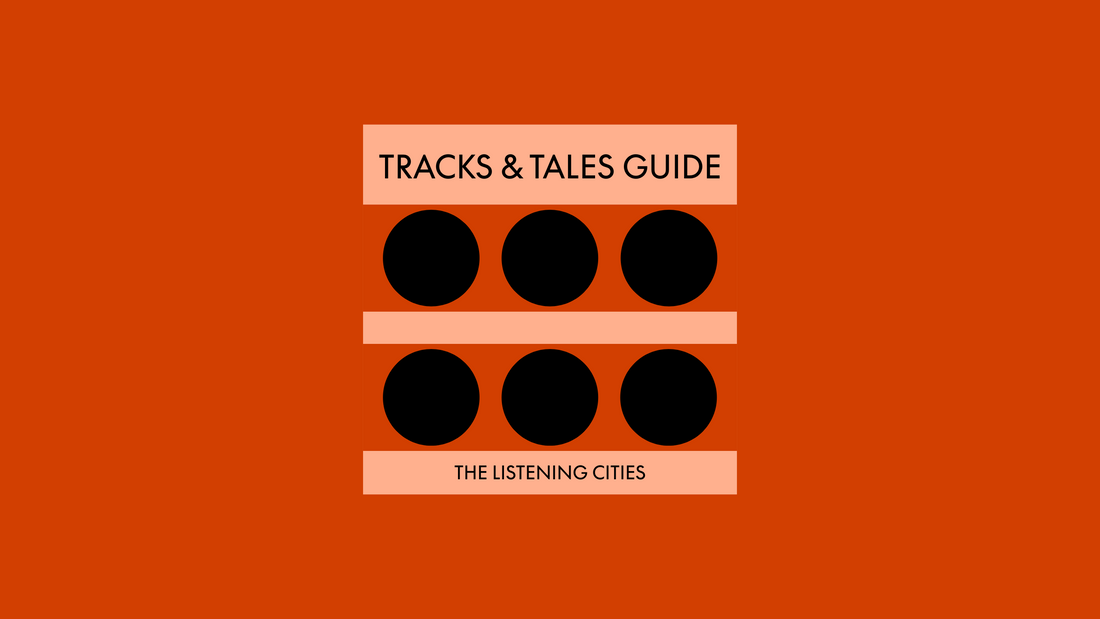
Bangkok: Listening Bars — Heat, Rhythm, and Audiophile Retreats
By Rafi Mercer
Bangkok is a city of pulse and motion. Tuk-tuks dart through traffic with horns blaring, markets hum with overlapping voices, and basslines from nightclubs ripple across the Chao Phraya River. It is a city that rarely sleeps, defined by intensity. And yet, tucked between rooftops and alleyways, a quieter form of nightlife has emerged — the listening bar. Here, in rooms tuned for intimacy, Bangkok’s relentless rhythm is distilled into focus.
The rise of the listening bar in Bangkok speaks to the city’s dual identity. On one hand, it is famed for excess: late-night clubs in Sukhumvit, warehouse parties by the river, the constant festival of street sound. On the other, Bangkok has always nurtured spaces of detail — traditional teahouses, temple courtyards, and jazz lounges that have served the city for decades. The listening bar brings these worlds together: nightlife with the attention of ritual.
One of the most celebrated is 12 x 12, in Thonglor, an intimate space built around a serious sound system and deep vinyl archive. Another is Studio Lam, founded by DJ Maft Sai, which threads traditional Thai molam music into global vinyl culture. Its wooden interiors and custom system make it one of the most distinctive listening spaces anywhere, blending heritage with modern audiophile precision. Bar Marco and Smalls add further voices: part cocktail lounge, part listening den, where sound is central but never rigid.
What defines Bangkok’s listening culture is heat and rhythm. The air itself feels heavy, and the sound systems respond with warmth and weight. Bass is thick but controlled, mids carry a tactile texture, and highs are softened to match the room’s humidity. The effect is enveloping: sound that feels lived-in, closer to the body.
Curation here reflects Bangkok’s global-local hybridity. A night might move from Thai psychedelic 45s to Afrobeat, from Japanese jazz to Detroit house. The fidelity is high, but so is the openness — selectors are storytellers, and the audience follows with ease.
Design is eclectic. Some rooms are rough and improvised, others sleek and design-led. But all share intimacy: small spaces where strangers become audiences, where the city’s chaos gives way to clarity.
Globally, Bangkok matters because it demonstrates the adaptability of the listening bar. This is not a city copying Tokyo wholesale. Instead, it is a city weaving its own traditions — molam rhythms, jazz heritage, the social generosity of Thai nightlife — into a form that feels both local and global.
Sit in one of these bars late at night, a cold Singha or a glass of whisky in hand, as molam riffs slip into dub basslines, and you sense why Bangkok belongs on this map. In a city of heat and constant motion, these rooms offer not escape but transformation. They remind you that listening can be as vivid as dancing, as communal as dining, as essential as breathing.
Rafi Mercer writes about the spaces where music matters. For more stories from Tracks & Tales, subscribe here, or click here to read more.














